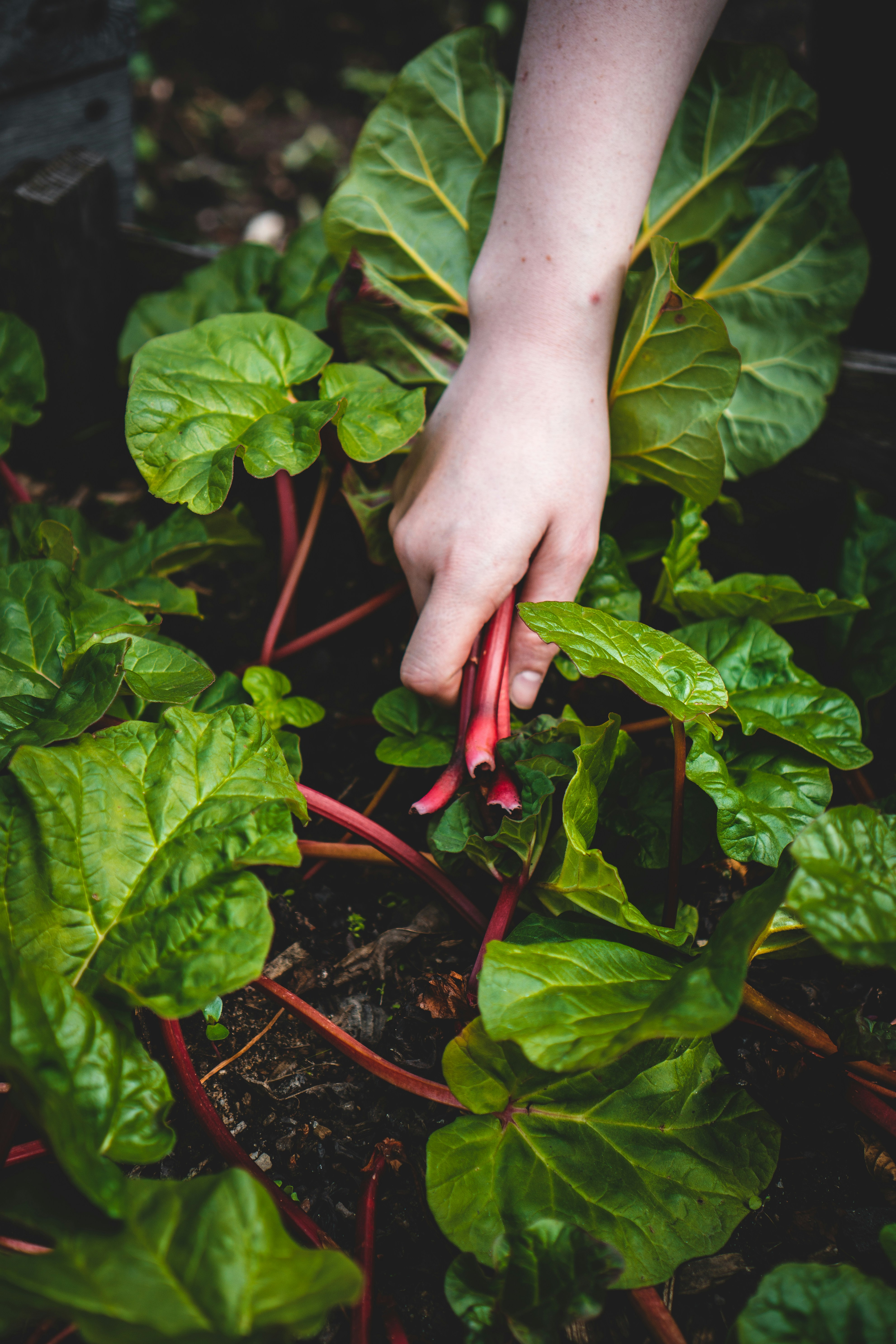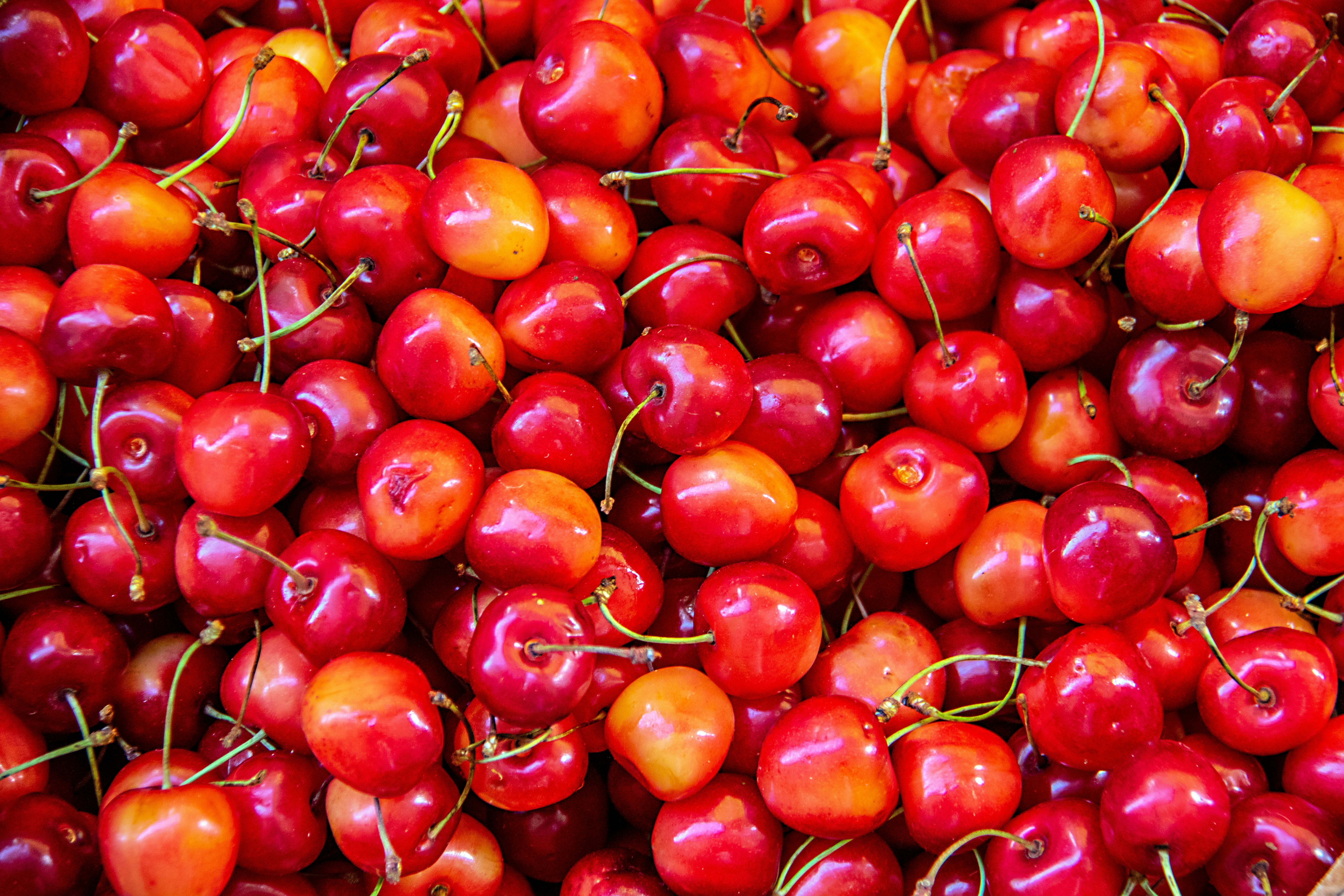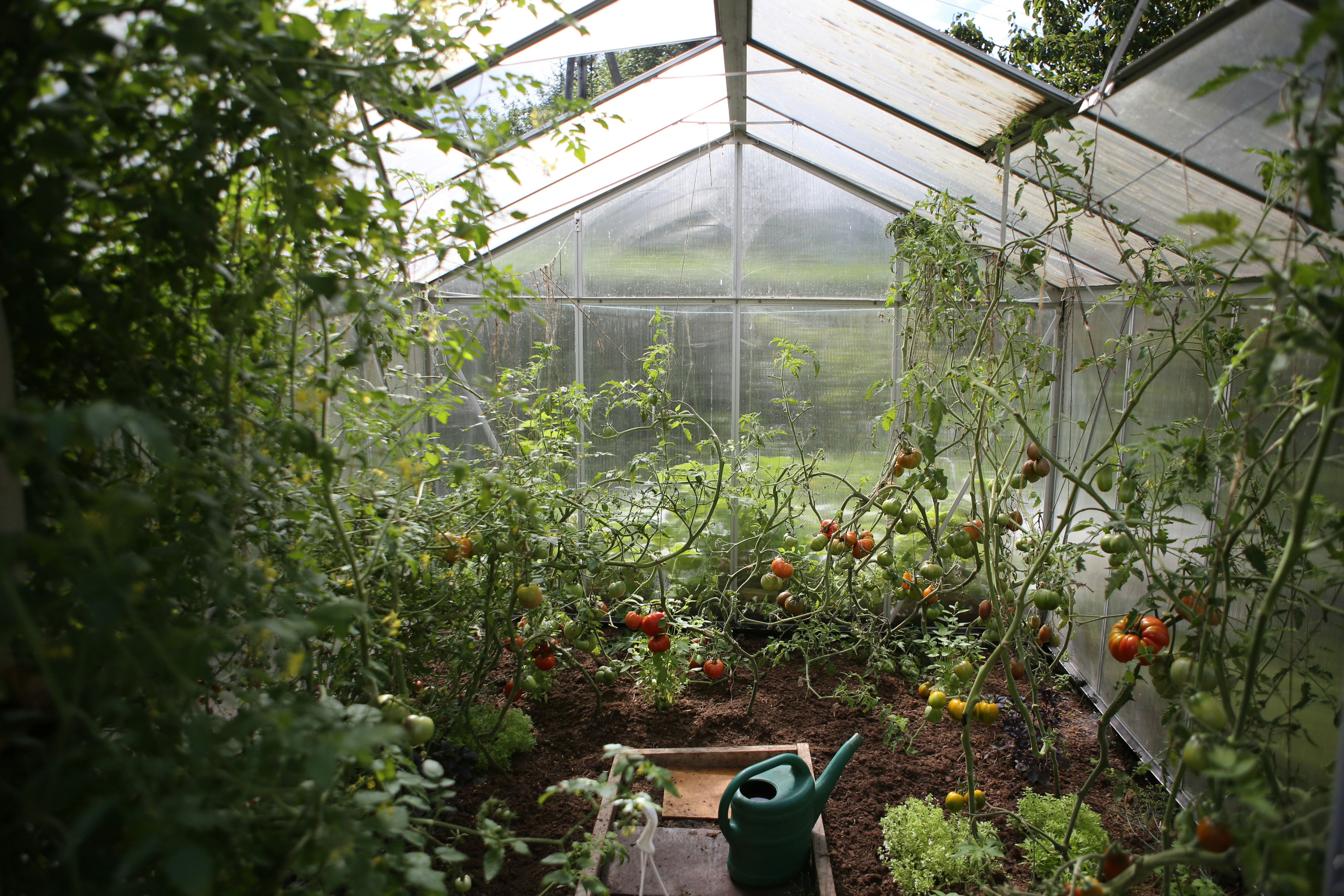Apr 27, 2018
Living Fences
These days, most of us are trying to make more decisions based on sustainable ideologies; what's renewable, sustainable, locally available and affordable. In a way, these decisions support our returning to methods that have been around for hundreds or thousands of years, as they often fit these parameters of renewability and can solve more than one problem at once for us. One such example happens to be choosing to install living fences, as a multifunctional stand-in for typical manufactured fences. Living fences come in many forms, offering both agricultural and ecological benefits that a manufactured fence cannot.
A hedge is a common type of living fence with plantings tight enough to provide the same functions as a typical fence. A hedge can consist of a single species, as they often exist in formal gardens, or exist as several species, mixed intentionally or randomly. Sometimes certain hedge types involve mounds of earth, or planting within stone walls. Informal hedgerows consist of many plant species and shelter what we know of as edge species in a specific type of richly and diversely populated habitat. They support diversity, bridging habitats between meadow and forest, and supplying shelter, food and habitat for many small animals, birds and insects. As intensive farming becomes more common, these last strips of habitat are being removed to allow large farm equipment more space to move freely. These creatures lose habitat and important wildlife corridors, links between divided woodland spaces. Even existing simply as an unmanaged zone between roads or fields, their loss is still noticed, in soil erosion, drifting snow and by the many diverse creatures losing wild habitat.
The first hedges, in the form of hedgerows, are estimated to have existed 4000 to 6000 years ago, originally enclosing land for cereal crops in the Neolithic Age. Hedges further evolved as contemporary patterns of landscapes started to become established in the Bronze and Iron Ages. In the industrial boom of the 18th and 19th centuries, property delineations were still a part of everyday life, so hedges continued to be used as a landscape mainstay. Many hedgerows in the United Kingdom and Ireland are believed to have been in existence for more than 700 years, having originated in the medieval period and still function today much as they always have. Despite George Washington himself touting living fences as a necessity, saving both labor and resources, they never quite took off in the Unites States, despite being popular in the countries of our original settlers.
Today, ornamental landscaping sees the most use of living fences in the United States, often consisting of a single species, such as yew or boxwood; formally hedged and shaped. For a more useful approach, with all the benefits of supporting biodiversity and still functioning as a formidable barrier, a few species stand out among many available options. Honey locust, mentioned in George Washington's diary as the most suitable, is both thorny, fast growing and a nitrogen fixer. Its roots support beneficial microbes that produce nitrogen, supporting healthy soils. The tree also produces seed pods that provide a high caloric food source for certain types of livestock.
Another is Osage Orange (Maclura Pomifera), a small spiny deciduous tree, which was perhaps used in establishing the first living fences in this country during the 1800s to divide the rapidly colonizing prairies. The phrase: “Horse high, bull strong and hog tight” was originally used to describe the Osage orange in its use as a hedge. The tree is thorny, incredibly easy to propagate, a great windbreak and the wood so strong it was used by Native Americans for bows and then to make the hubs and rims of wagon wheels. Thousands of miles of Osage orange was later planted as shelter-belts to prevent wind erosion in the 1930s after the Dust Bowl era. Furthermore, the fast growth habit yields well to heavy pruning to keep it at a typical fence height of about 4 or 5 feet. Farmers often clear-cut sections in cycles, every 10 to 16 years, to harvest their own fence posts, approximately 4000 per mile, that are naturally immune to termites and the most resistant to decay of any North American tree species, some having been known to stand in soil for more than 50 years. Its use fell by the wayside with the invention and wide availability of barbed wire, ironically the barbed wire was still usually anchored with Osage orange fence posts.
Homesteaders and farmers today create living fences by planting cuttings, seeds or stems at a close enough spacing that as the plants grow and are pruned tightly, the thick bushy growth will form an impenetrable hedge. Another method, called inosculation, involves tying crossing branches as they grow and promoting natural grafts. Eventually forming a closely meshed natural barrier that grows thicker and more resistant in each passing year. A wide range of trees and shrubs work for this application: elm, oak, olive, dogwood, beech, hornbeam, peach, almond, sycamore, grape, wisteria and several willows are great candidates, depending on your zone and application.
There are many multifunctional options, depending on your specific needs and desires. A living fence that will be exposed to deer or goats needs to have a way to deter the animals, keeping them in or out and from eating the plant. Hawthorns provide a useful wood for tool handles and fuel and have strong thorns to deter animals. Also producing berries that are a food source for both birds and people, they make a great overall choice. Hollies, black locust, honey locust and rugosa rose all have thorns as well. Mixing species to create a long lived as well as productive barrier is also an option. Such as planting larger trees, fruit or nut, tightly underplanted with a lower growing species of berries, for example, to produce multiple types of harvestable food.
There are some disadvantages in establishing a living fence system. Most notable being the initial labor of the installation, depending on the choice of propagation and plant species. Seeds may be the most affordable but would take the longest before your living fence is functional. Trees and shrubs that can be propagated from cuttings can be affordable as well and give you a substantial head start in the growth timeline, depending on the size of the cuttings. Before the planting becomes established it may need some care, weeding and protection from browsing until it grows enough to be above browse height or strong enough to handle some deer damage. Once the fence is mature, it may need regular pruning to maintain the desired height and density. Even if you plant a full-size hedge or living fence, it will likely still need initial care and careful watering until the roots become established. However, you often have much to gain from your maintenance, as the cuttings of many species can be replanted, a self-proliferating fence system available to you year after year. Pruning scraps can also be used for mulches and livestock fodder or letting the livestock themselves do the pruning is also an option, depending on the species of fence.
More and more people are rediscovering the benefits of growing their own fences, due to a heightened awareness of ecological limitations, desires to grow their own food and need to accomplish tasks more affordably. Hopefully, as new land ethics develop we will learn to utilize our most available and renewable resources for this major part of our landscape, creating living systems that can potentially span generations while also providing multiple benefits to us and the environment along the way.


































































